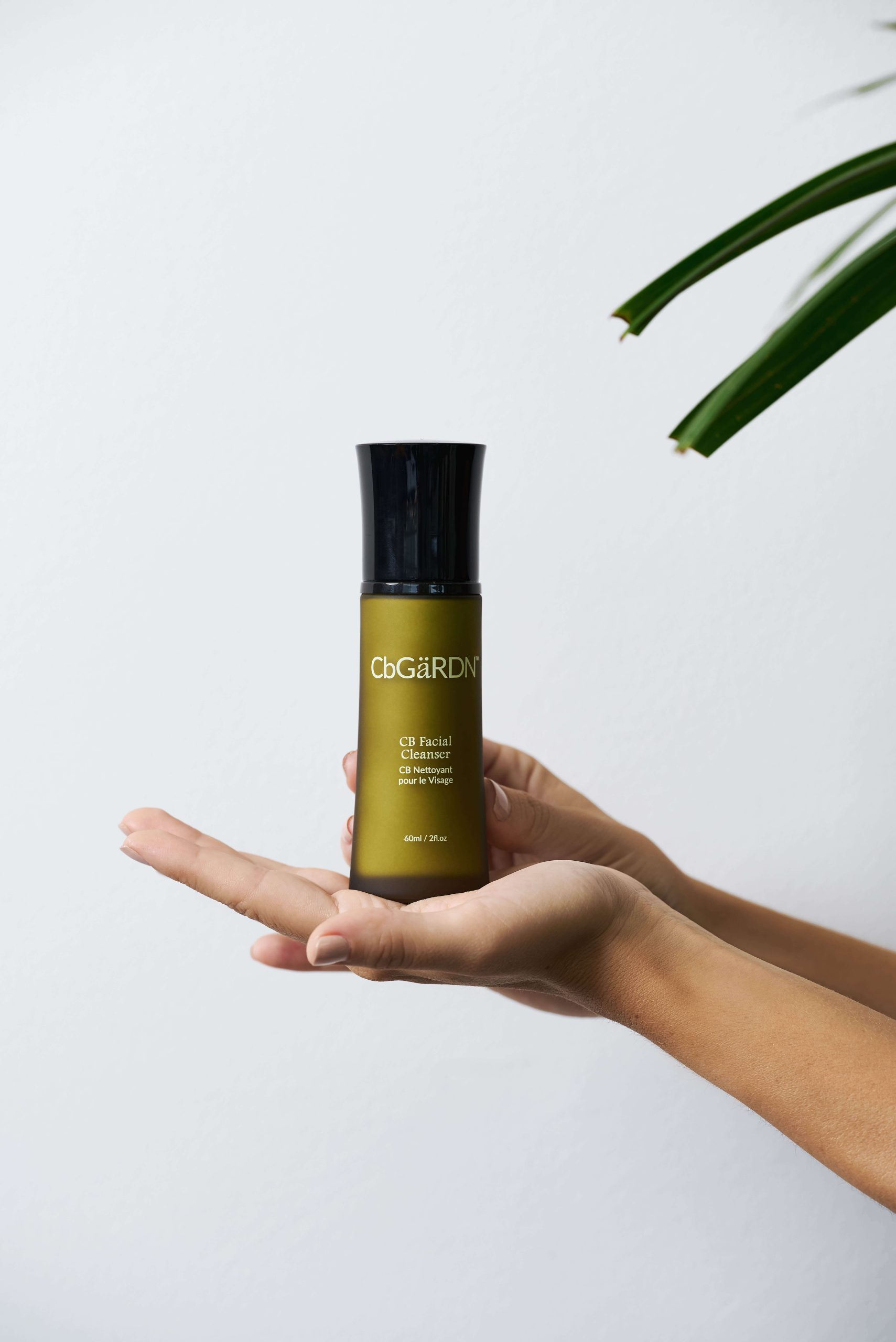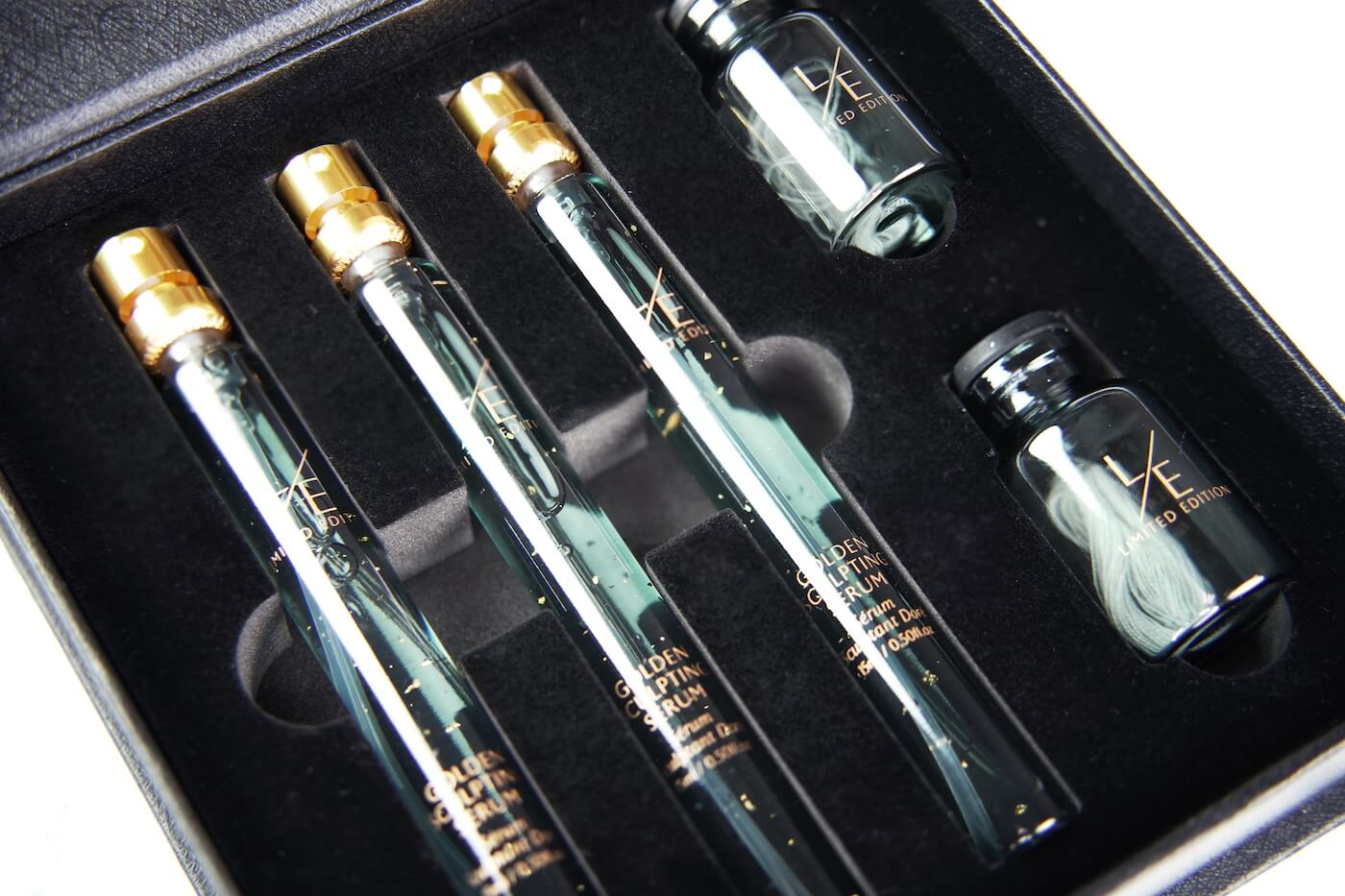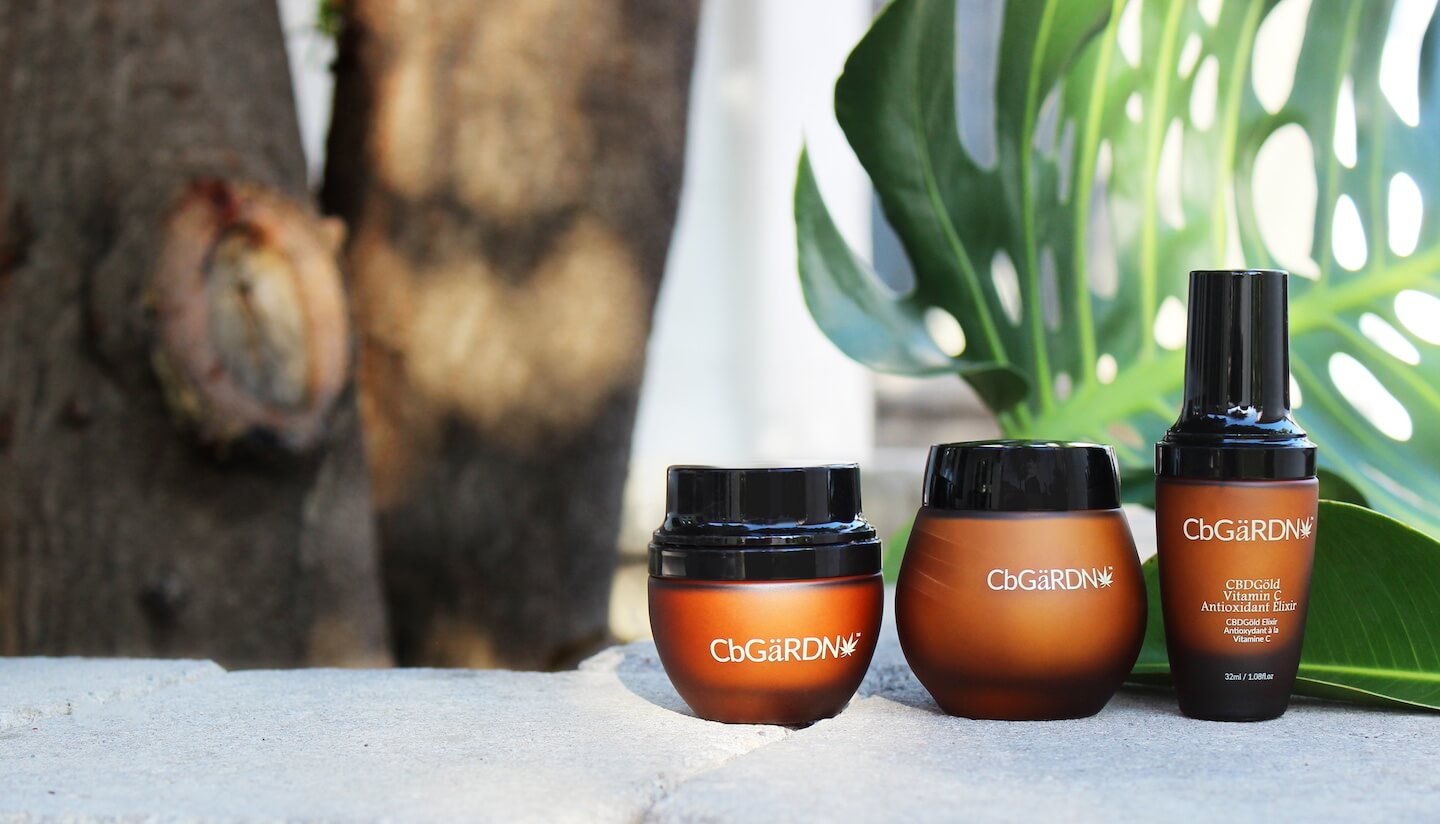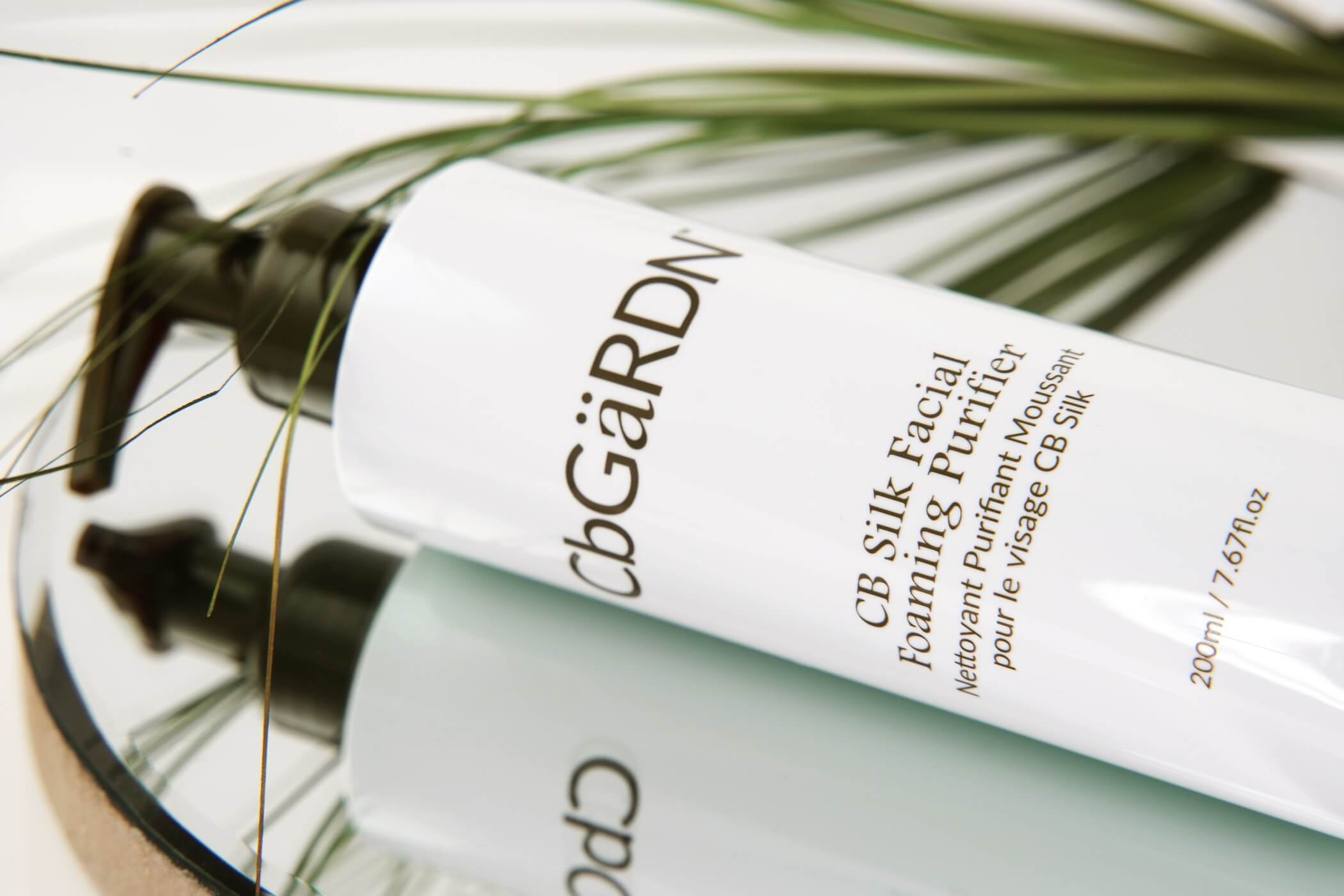Published: June 30, 2025

The skin microbiome has been a popular talking point lately, and rightly so. This rich ecosystem, which is home to an abundance of bacteria, fungi, viruses, and more, plays a significant role in how your skin looks, feels, and functions.
However, just like with every skincare topic that suddenly becomes mainstream, it doesn’t take long for misinformation to spread, meaning that even the best-intentioned people end up unintentionally doing wrong by their skin.
If you want to ensure that you’re able to separate fact from fiction, it’s important to do your research, especially when it comes to something as crucial as your skin microbiome. The good news? CBGärdN is here to help! Keep reading as we debunk some of the biggest microbiome myths that have recently been circulating, so that you can give your skin the very best care.
Myth: All Bacteria are Bad for the Skin

Bacteria don’t have the best reputation in the skincare world. The word is associated with acne, infections, and other issues that nobody wants to deal with. As a result, aggressive cleansers and exfoliators that promise to scrub away every trace of bacteria from the skin have become the norm.
However, bacteria aren’t always bad. Your skin microbiome contains a vast array of bacterial species, and many of them are extremely useful. Sure, there are harmful bacteria in the mix too, but an aggressive cleanser/exfoliator won’t be able to differentiate the two. It will do a great job of removing harmful bacteria, but it will also take good bacteria with it. This then throws your skin’s microbiome off balance, which allows bad bacteria to thrive.
Rather than aiming to eradicate all bacteria when cleansing or exfoliating your skin, work on removing the bad while keeping the good. How? By using gentle formulas that contain ingredients that keep the skin microbiome feeling supported. The CB Facial Cleanser, with its blend of amino acids, antioxidants, and hydrating ingredients, will do just that, while the CB Microexfoliant Peel would be a great choice if you want to exfoliate while keeping both your skin barrier and microbiome feeling preserved.
Myth: Natural Ingredients are Better for the Microbiome Than Synthetic Ingredients

As it so happened, the skin microbiome entered the mainstream spotlight at around the same time as the clean beauty trend. With natural ingredients being a big part of clean beauty, many assumed that those would be the ingredients of choice for the skin microbiome too. However, this isn’t true at all…
Firstly, just because an ingredient is natural doesn’t automatically mean that it will be good for your skin. Poison ivy, for example, isn’t a natural ingredient you’d want to rub all over your face! While that may be an extreme example, it just goes to show how different the various natural ingredients out there are.
When it comes to your skin microbiome, certain natural ingredients, such as some essential oils, may have a hydrating effect on the skin but could also disrupt the skin’s delicate ecosystem. Others might have an antibacterial effect, removing good bacteria from the microbiome, while some could end up triggering inflammation, which, again, affects how the microbiome functions.
On the other hand, some synthetic ingredients can be hugely beneficial for your skin’s microbiome. Humectants, like the hyaluronic acid used in the String Lift Sculpting System, give the good bacteria on your skin plenty of moisture to thrive. Meanwhile, the niacinamide and the polysaccharides in the Facial Anti-Aging Firming System are considered to be great nutrient sources for good skin bacteria.
Myth: Your Skin Microbiome is Established at Birth and Doesn’t Change
While some skincare myths seem to come out of left field, this one is a little more understandable. After all, your skin microbiome does emerge at birth. However, this is only its beginning. It continues to develop after that, all the way through infancy and childhood. It becomes more diverse and complex as time goes on.
Once you reach adulthood, development slows down. It then remains relatively consistent for a while, until the aging process starts to take a toll. As you mature, your skin microbiome will lose a lot of its diversity. This can affect skin barrier function, susceptibility to infections, and more. New research even suggests that the loss of microbial diversity could be a contributing factor to the appearance of fine lines, wrinkles, and sagging skin.
This just goes to show why it’s so important not to fall for any of the microbiome myths you hear. Giving your microbiome the correct care from now on could help to keep your skin looking younger in the long run!
Myth: Probiotic Skincare is the Best Way to Balance the Skin Microbiome

Again, it’s easy to see where this myth came from – skincare brands that produce probiotic skincare! With that said, this one makes sense in theory, too. If eating probiotics is good for your gut microbiome, then surely applying them topically will benefit your skin microbiome?
Unfortunately, this isn’t the case. Instead, more often than not, probiotic skincare products don’t actually contain any live bacteria, which is exactly what probiotics are. While some live bacteria may go into the product during the manufacturing process, the preservatives used to ensure a product’s safety will quickly dampen down microbial activity.
If you want to use skincare to boost your skin’s microbiome, probiotic skincare hasn’t developed enough yet to be of much help. Put your efforts into seeking out products containing hydrating ingredients and antioxidants instead. Prebiotic ingredients, meaning those that feed the good bacteria on your skin, can also be very beneficial. You’ll find a combination of all of those ingredients in the CBGärdN CB Göld Collection.
Myth: Topical Products are the Only Way to Boost Your Skin’s Microbiome

While it’s true that certain ingredients can be a great way to directly pamper your skin microbiome, topical skincare isn’t the only way to do this. Your skin microbiome is interconnected with other parts of your body, meaning that making certain lifestyle changes could result in a more diverse skin microflora.
Diet is a great example. The food that you eat impacts your gut microbiome, which, in turn, directly influences the skin microbiome. Eating gut-friendly foods, such as probiotics and plenty of fiber, will have a knock-on effect on your complexion.
Learning how to de-stress will also go a long way in improving the diversity of your skin’s microbiome. Whenever you feel stressed, your body releases a hormone called cortisol. It has a number of effects on the skin, including altering the balance of the skin’s microbiome. Knowing how to stop yourself from getting quite so stressed will give you better-looking skin in the long run.
Exercise is something else to start dedicating yourself to. Not only does physical activity help skin microflora to thrive, but so does the sweat that your skin releases once your heart starts pumping. While you should always cleanse your skin once you’re done working out (the CB Silk Facial Foaming Purifier is perfect for this), exposing your skin to sweat for short periods will give your skin’s microflora an additional nutrient source.
Myth: If a Product is Labeled as Being Microbiome-Friendly, This Must Be True!
Now that the skin microbiome has made its way into the spotlight, it’s hardly surprising that some skincare brands are trying to capitalize on this by producing formulas that are labeled as being microbiome-friendly. While some of those products may be exactly that, others won’t be, which is why it’s so important to have some knowledge of what’s good and bad for your skin microbiome.
Why are products that aren’t microbiome-friendly allowed to be labeled as such? Unfortunately, microbiome-friendly is, like many other marketing buzzwords, an unregulated term. While all skincare products have to adhere to certain standards, just about anyone can slap that label onto their packaging.
The only way to know how microbiome-friendly a product is is to take a good look at its ingredient list. Look for the ingredients we discussed above – hydrating humectants, antioxidants, and ingredients with prebiotic properties. Meanwhile, if a product contains any harsh preservatives or other aggressive ingredients, there’s a good chance that it won’t be microbiome-friendly, no matter what the packaging may say!
Myth: The Skin Microbiome is Uniform Across the Face and Body
We talk about the skin microbiome like it’s one single entity that’s identical across the entirety of the skin. However, this isn’t actually the case…
Instead, different areas of your skin have unique microbiomes. The skin on your body will have a microbiome that’s vastly different from that of your face. In fact, you’ll find a variety of different microbiomes on your face alone! The forehead area, for example, tends to have more sebaceous glands. As a result, it’s oilier. This makes it home to a greater concentration of bacteria called Cutibacterium acnes than the drier parts of your face. The drier areas, on the other hand, are great for other microbes, such as the Staphylococcus species.
This is why it’s so important to pay close attention to your skin when carrying out your skincare routine. If different areas of your face have different needs, try your best to cater to them, even if this means using different skincare products on different parts of your face. Ideally, you want the microbiomes on each and every part of your skin to be balanced and happy.
Summary
As you can see, there’s a huge amount of misinformation out there when it comes to the skin microbiome, even though this is such an integral part of skin health. If you want to ensure that you’re doing what’s best for this precious ecosystem, it’s important to arm yourself with the facts. This way, you’ll be able to give all of the good microflora on your skin everything that it needs to thrive!
Click here to treat yourself to more bestselling skincare products from CBGärdN.

